There are many chip manufacturers, but there are only a few of the most famous and widespread. Of course, Apple has the A series that it uses in iPhones and doesn't provide them to anyone else. But Qualcomm has currently presented its flagship in the form of Snapdragon 8 Gen 2, which was supposed to beat Apple's chip (again).
And it doesn't happen like that again, one would like to add. At the end of this year and throughout next year, we will hear about the top Android phones using the Snapdragon 8 Gen 2, Dimensity 9200 or Exynos 2300. The first is from Qualcomm, the second from MediaTek and the third, as yet unannounced, from Samsung. At the same time, it should be the best that can power smartphones.
The Snapdragon 8 Gen 2 is built on a 4nm process with a different core configuration than last year. There is a primary Arm Cortex X3 clocked at 3,2 GHz with four economical (2,8 GHz) and three efficient cores (2 GHz). The indicated frequency is 3200 MHz, ARMv9-A instruction set, Adreno 740 graphics. A16 Bionic is "only" 6-core with 2x 3,46 GHz and 4x 2,02 GHz. The frequency is 3460 MHz, the instruction set is the same, the graphics are own. But can Qualcomm's new product kick Apple's butt? He can't.
It could be interest you
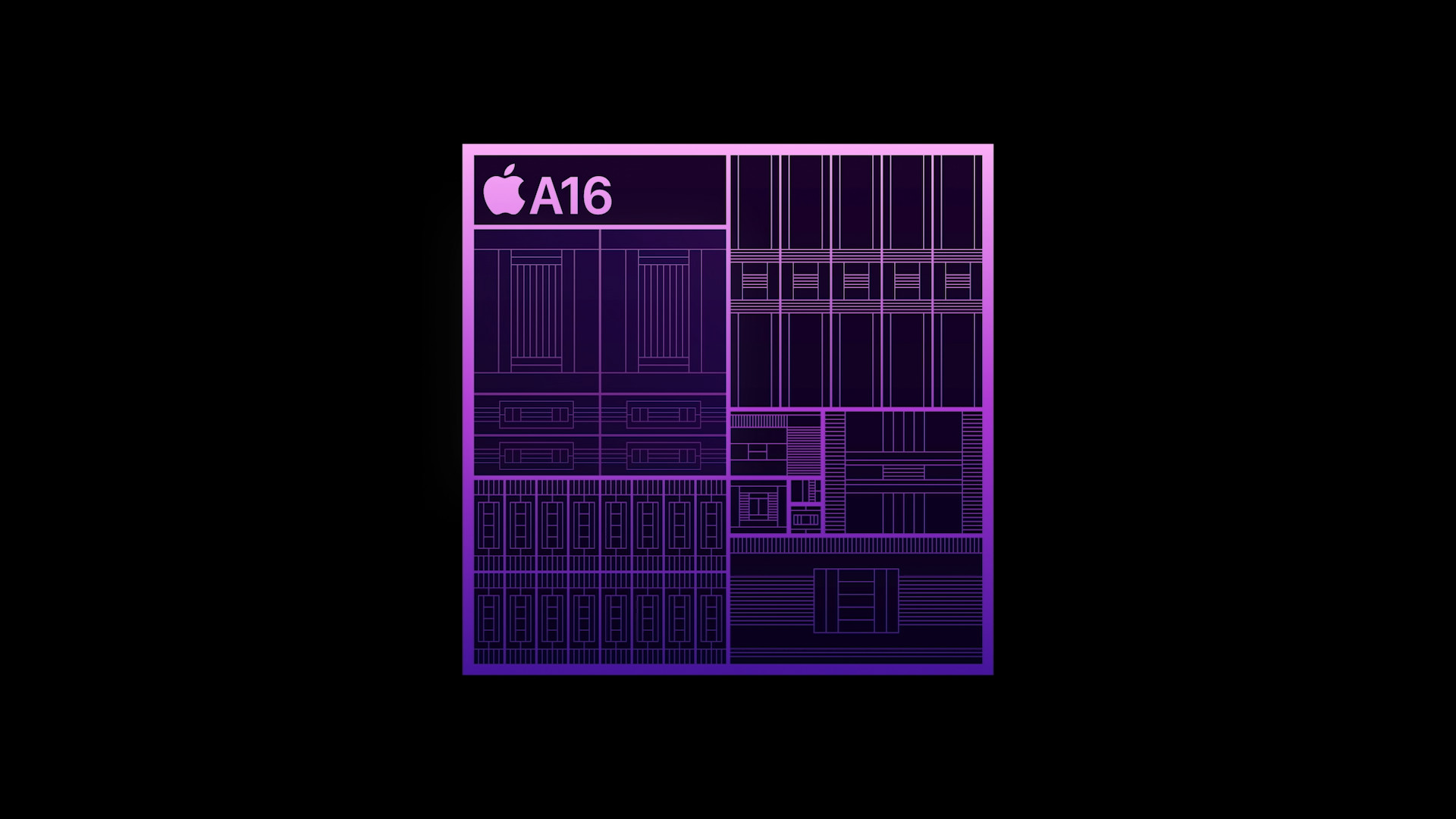
Benchmarks speak clearly
The advantage of Snapdragon 8 Gen 2 is clear in that it has two more cores. But the A16 Bionic has a higher CPU clock speed, by 8% (3460 versus 3200 MHz). Different benchmarks show different results, so far we know the results from AnTuTu 9 and GeekBench 5, we are still waiting for 3DMark Snapdragon, its result for A16 Bionic is 9856 points.
AnTuTu 9
- Snapdragon 8 Gen 2 - 1 (up 191%)
- A16 Bionic – 966
GeekBench 5
Single core score
- Snapdragon 8 Gen 2 – 1483
- A16 Bionic - 1883 (27% more)
Multi-core scores
- Snapdragon 8 Gen 2 – 4742
- A16 Bionic – 8 (up 282%)
Website nanoreview.net however, he averaged the values and found that the A16 Bionic wins not only in CPU performance but also in battery life. Both are equal in GPU gaming performance. It is worth noting, however, that Snapdragon will be used in their solutions by global manufacturers, for whom this chip gives them a bigger advantage than if they used Apple's (if they could, of course). The Snapdragon 8 Gen 2 supports a maximum display resolution of 3840 x 2160 and 8K video recording at 30 fps (playback can be at 60 fps), Wi-Fi 7 and a memory size of 24 GB. It should also be remembered that here we are comparing apples and pears, because the worlds of Android and iOS are very different after all. Even if Apple is still winning, it may not be as clear as before. Read more about Snapdragon 8 Gen 2 <a href="https://cdn.shopify.com/s/files/1/1932/8043/files/200721_ODSTOUPENI_BEZ_UDANI_DUVODU__EN.pdf?v=1595428404" data-gt-href-en="https://en.notsofunnyany.com/">here</a>.
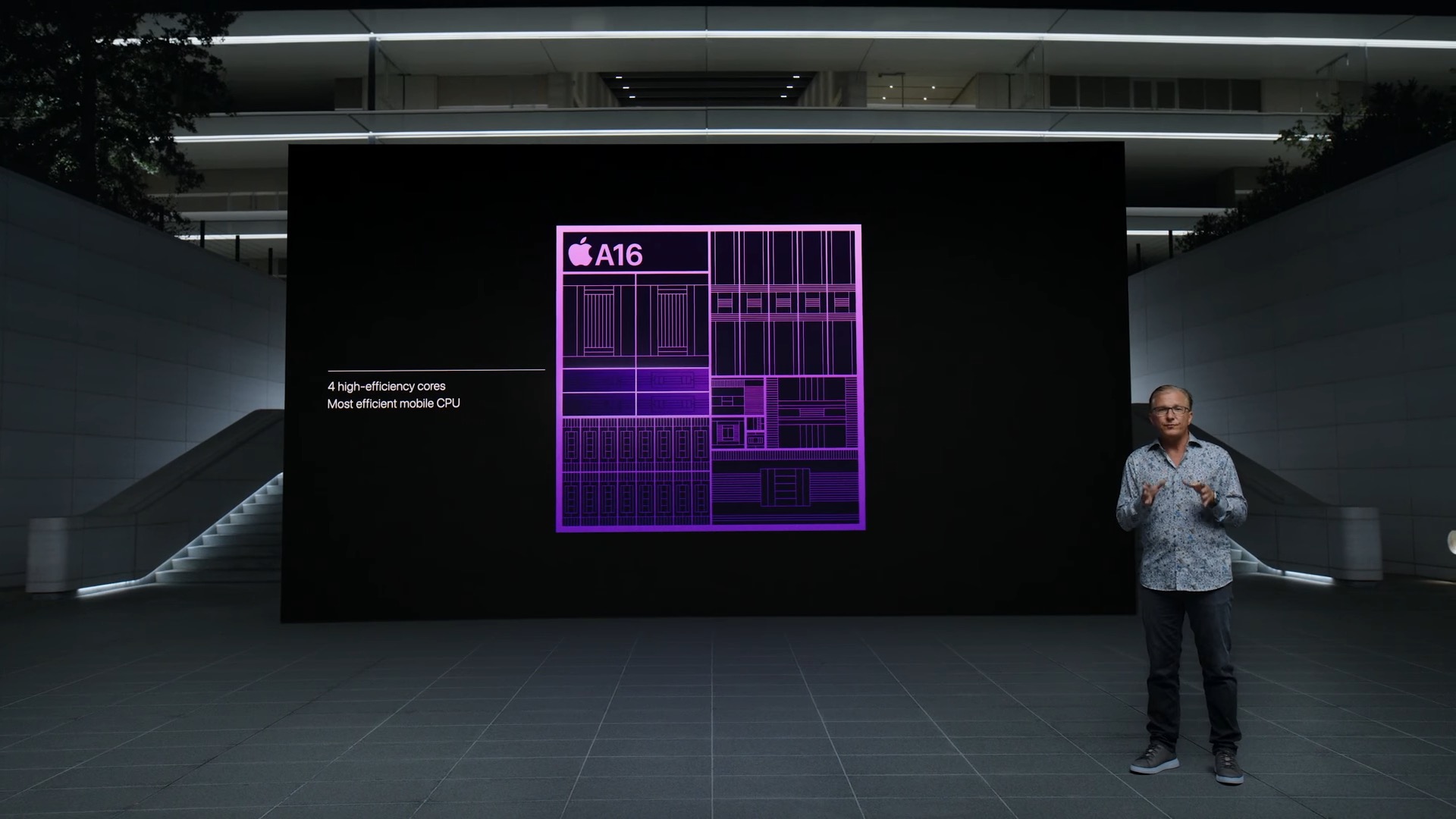
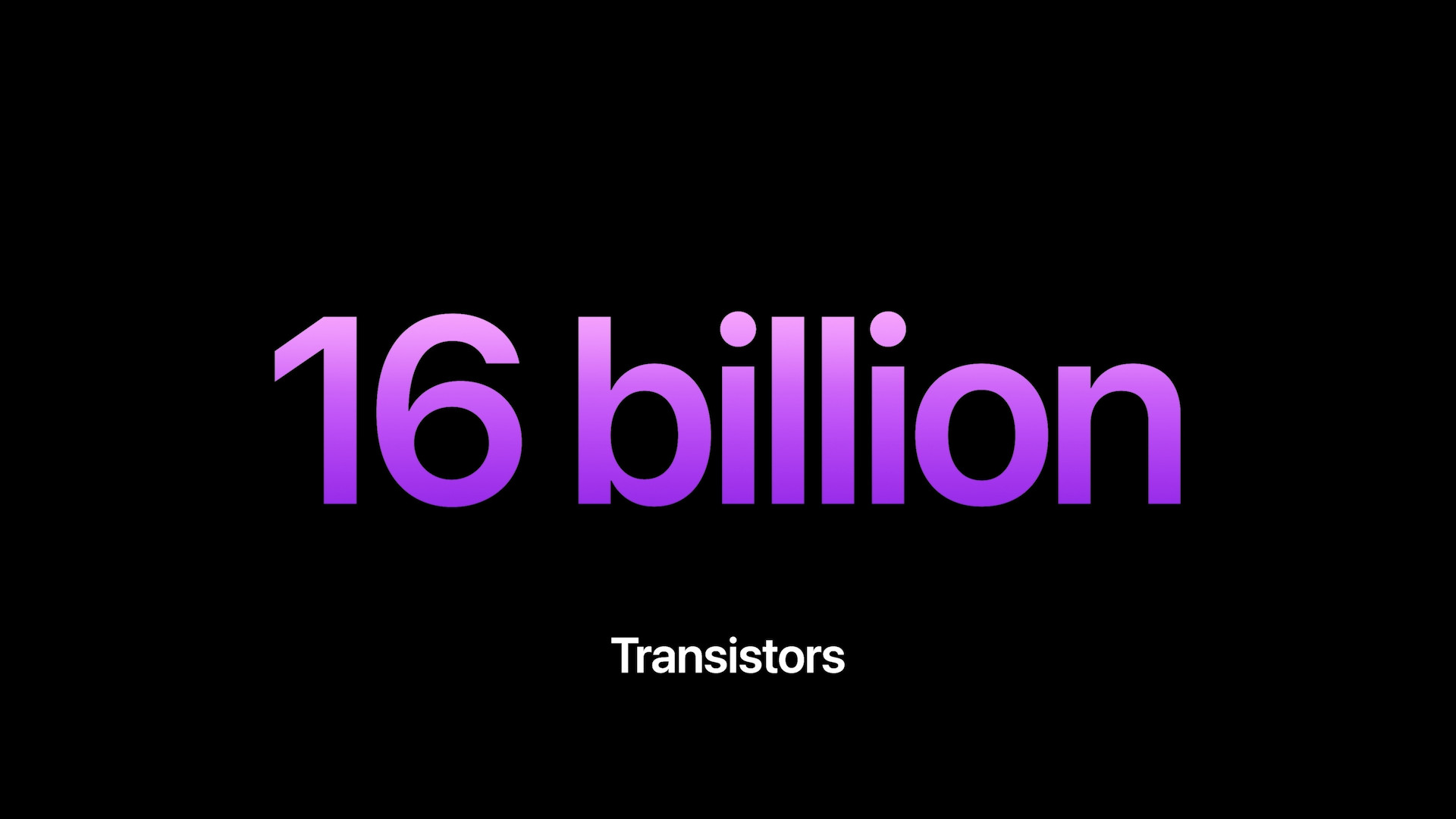

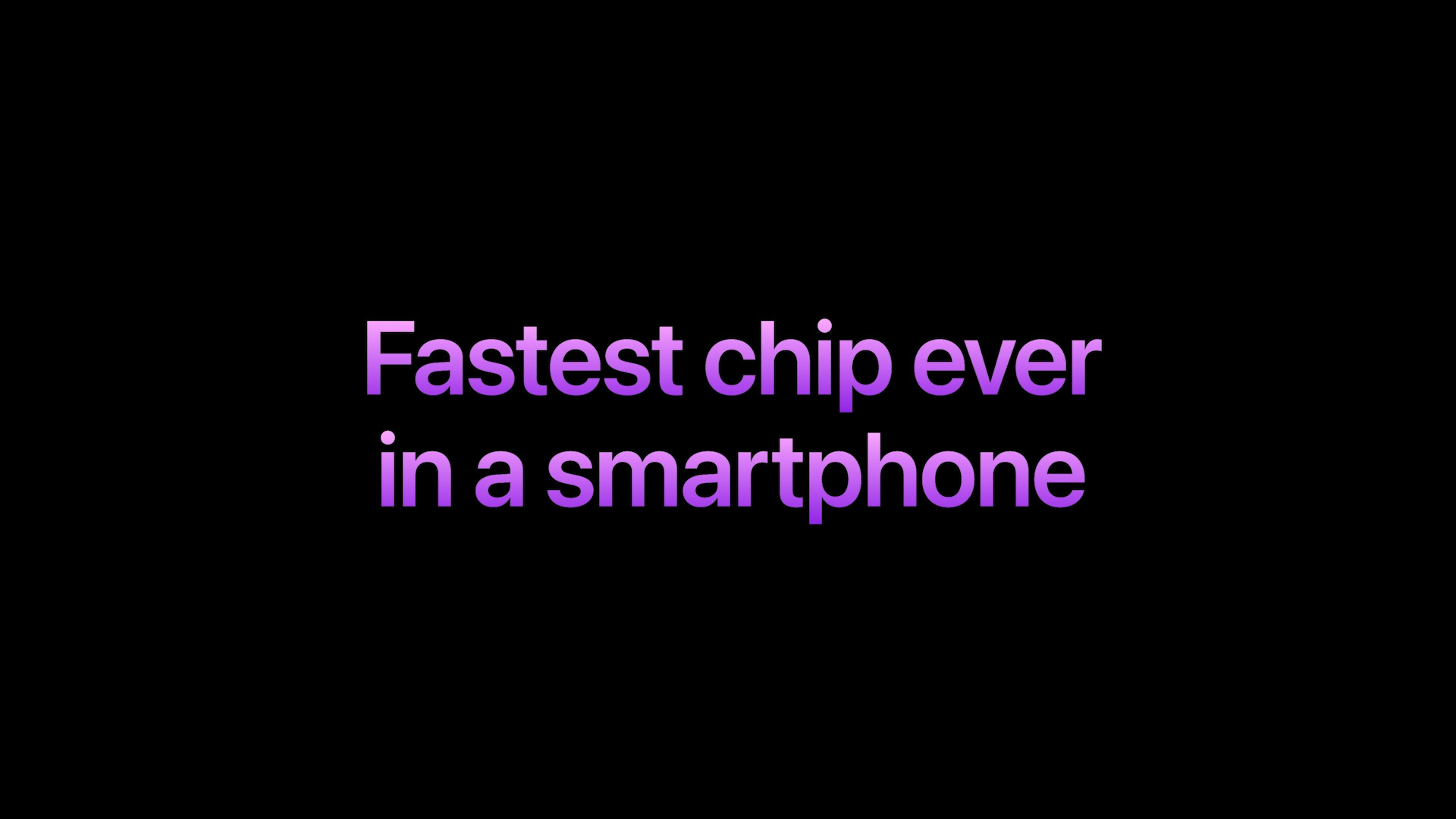
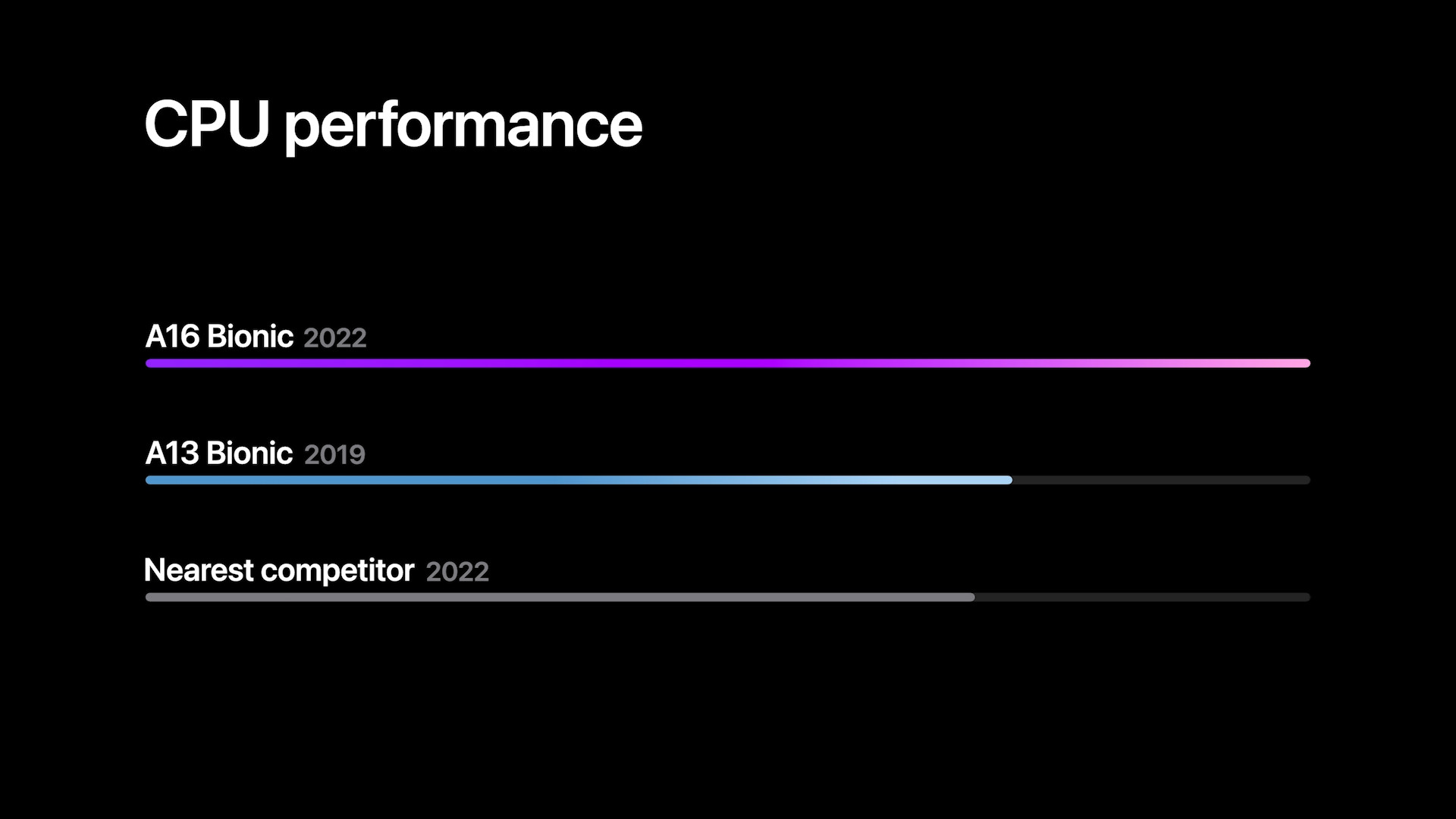
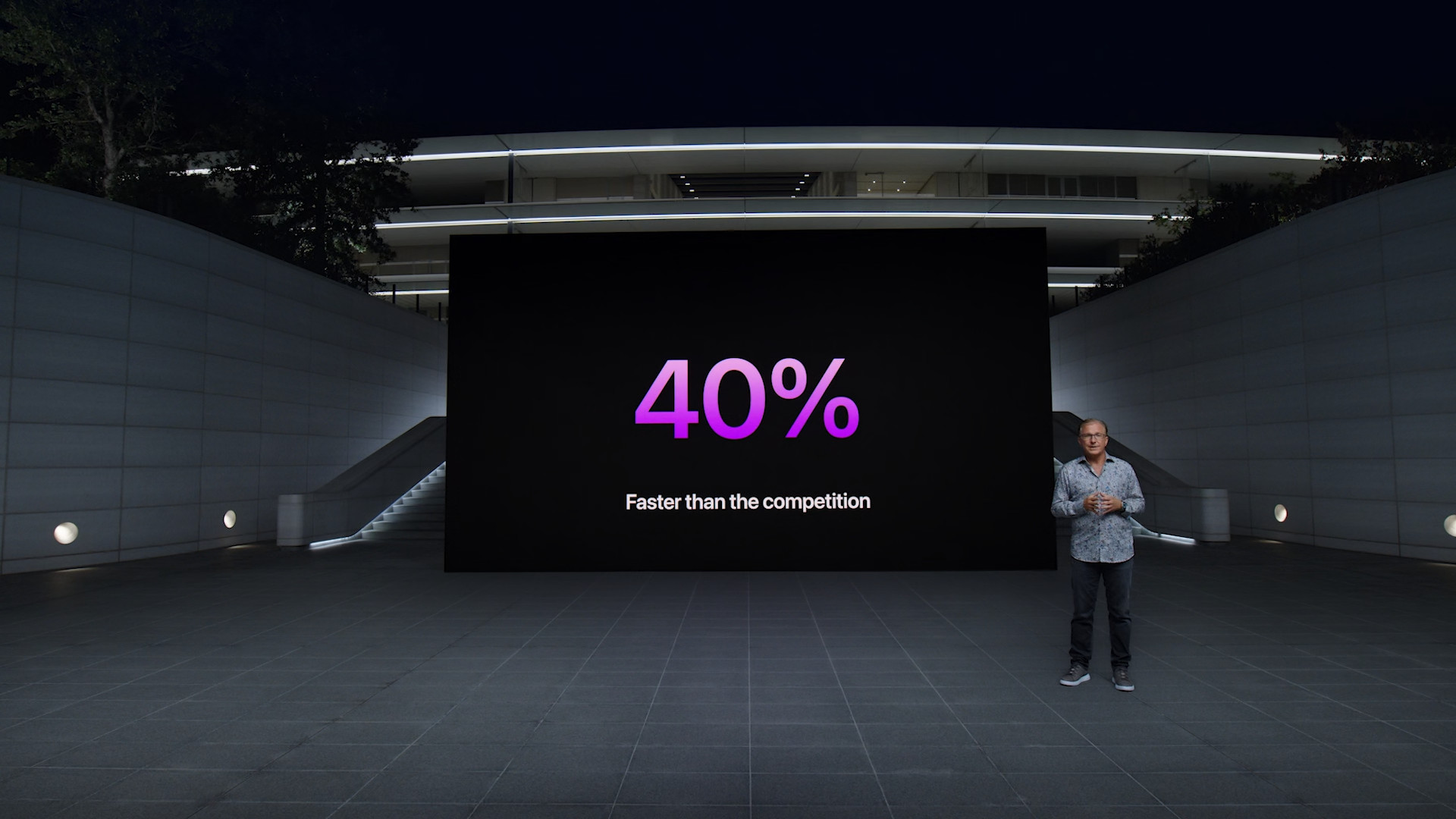
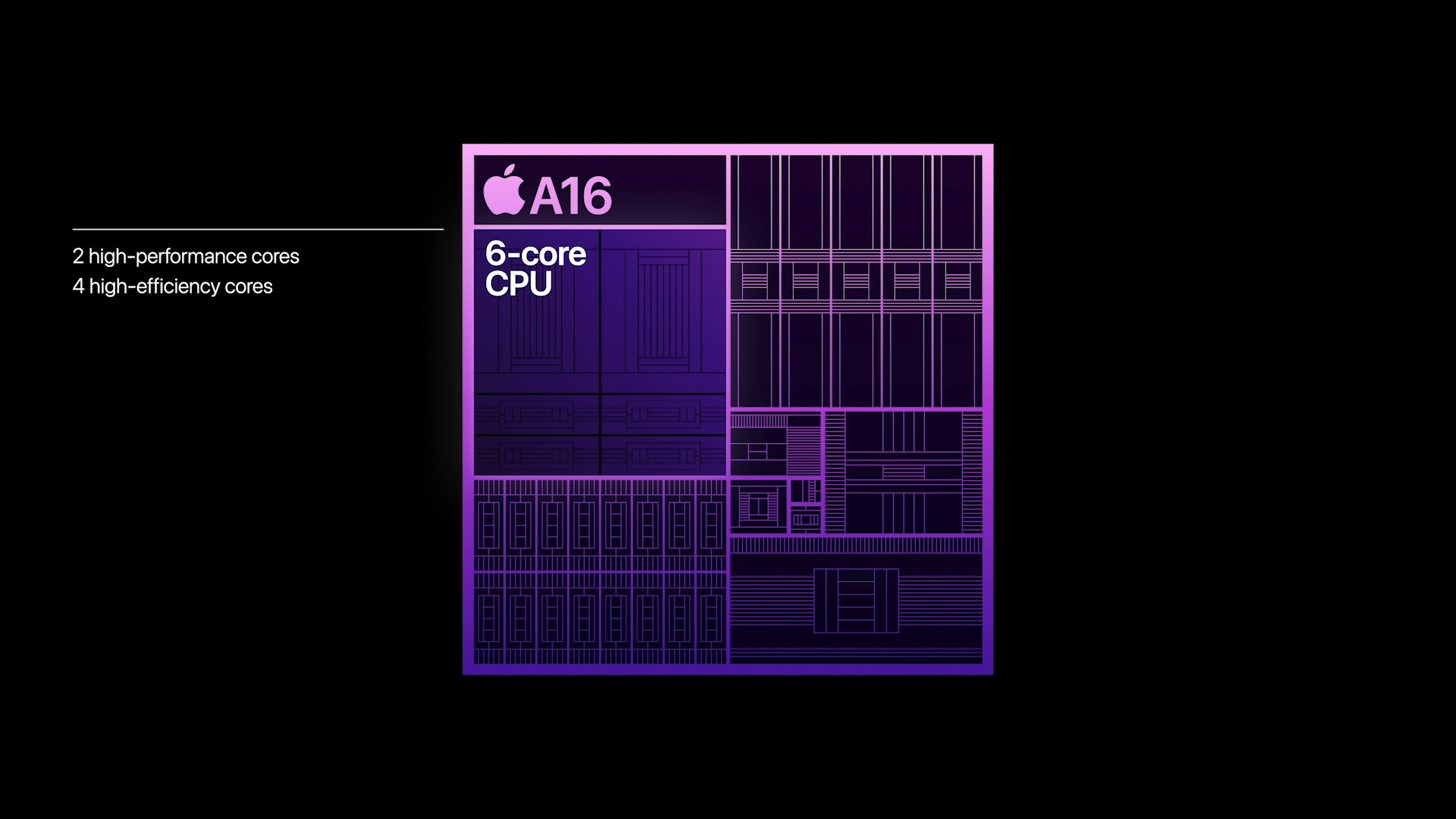



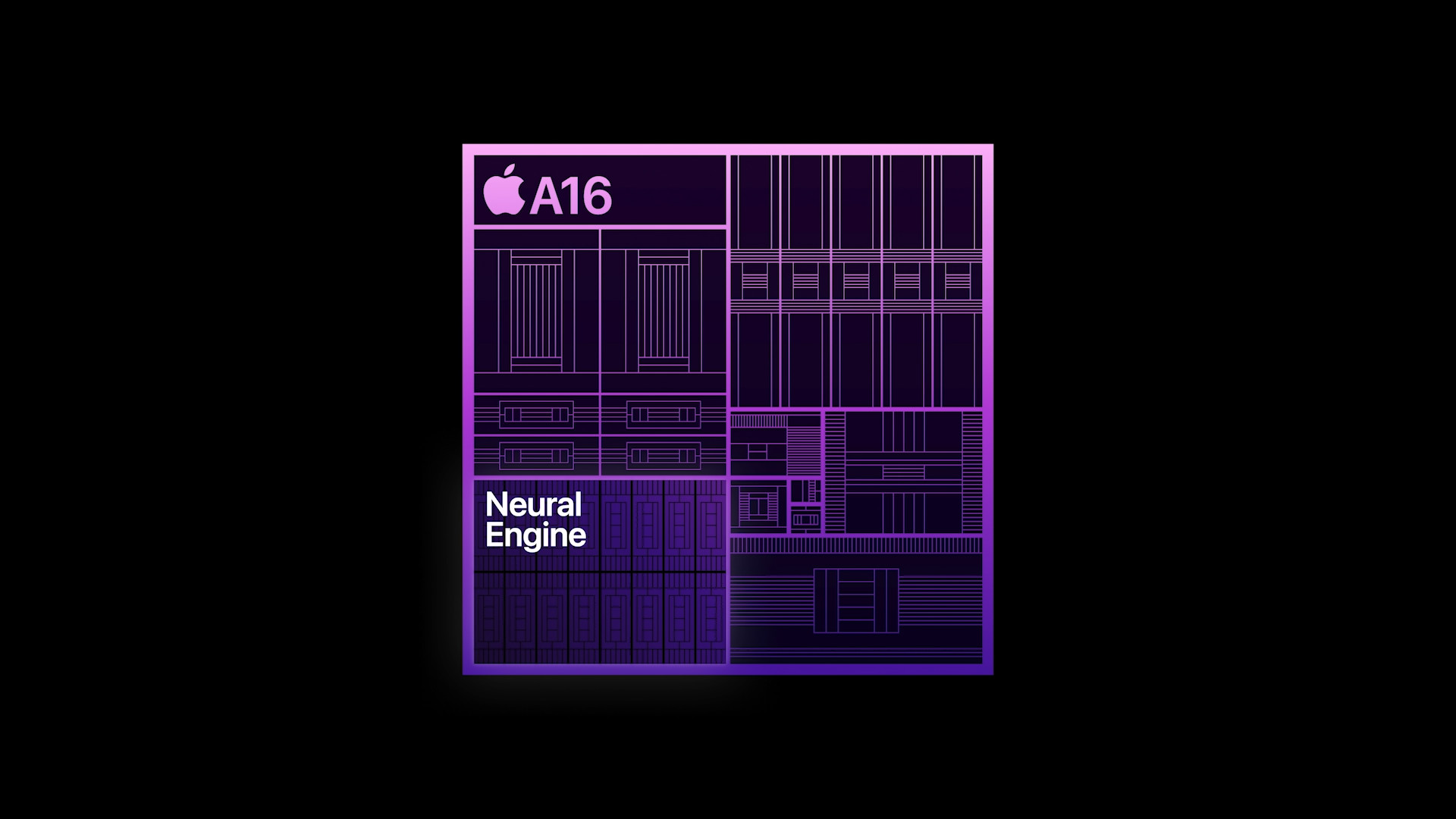

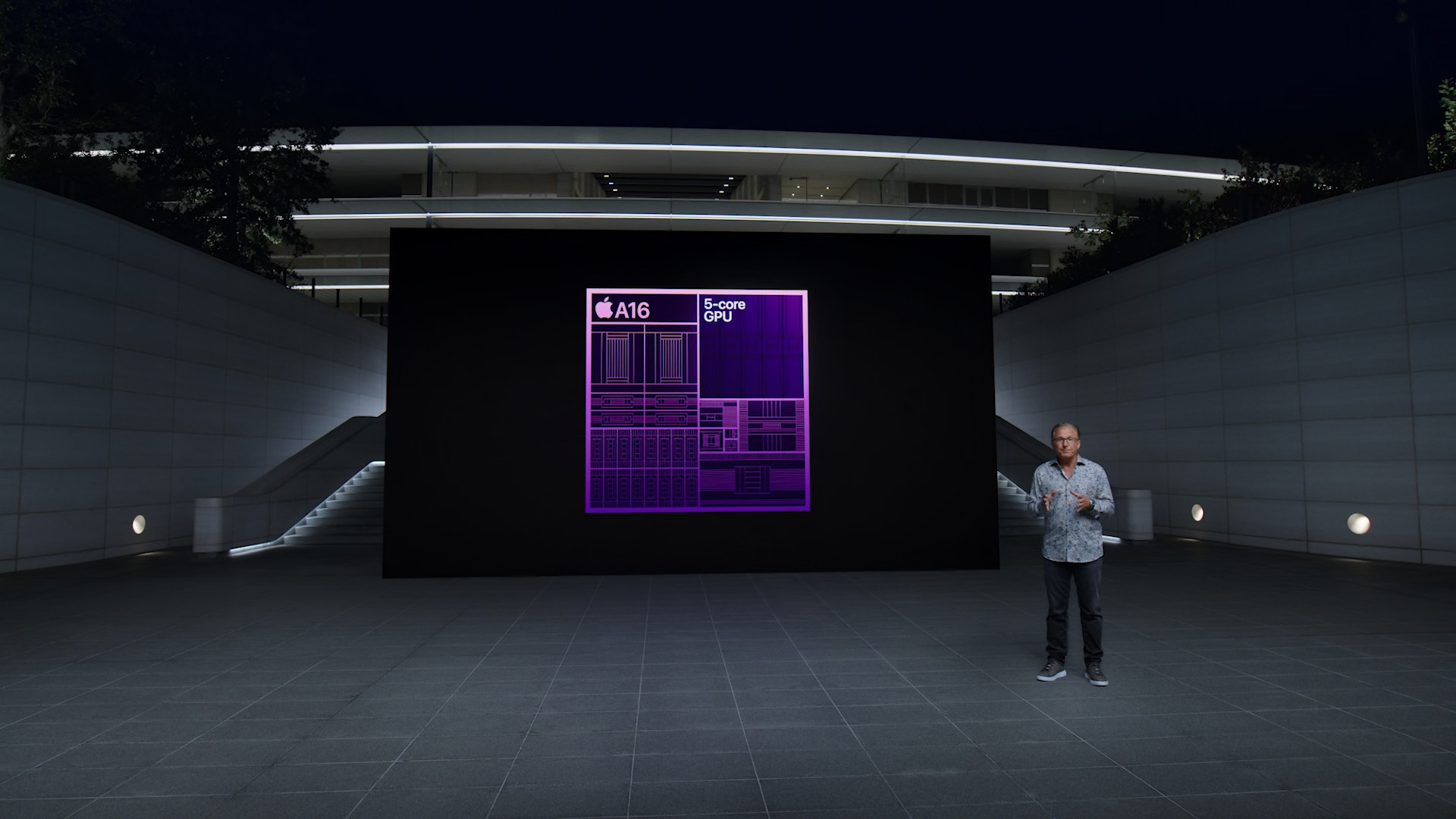

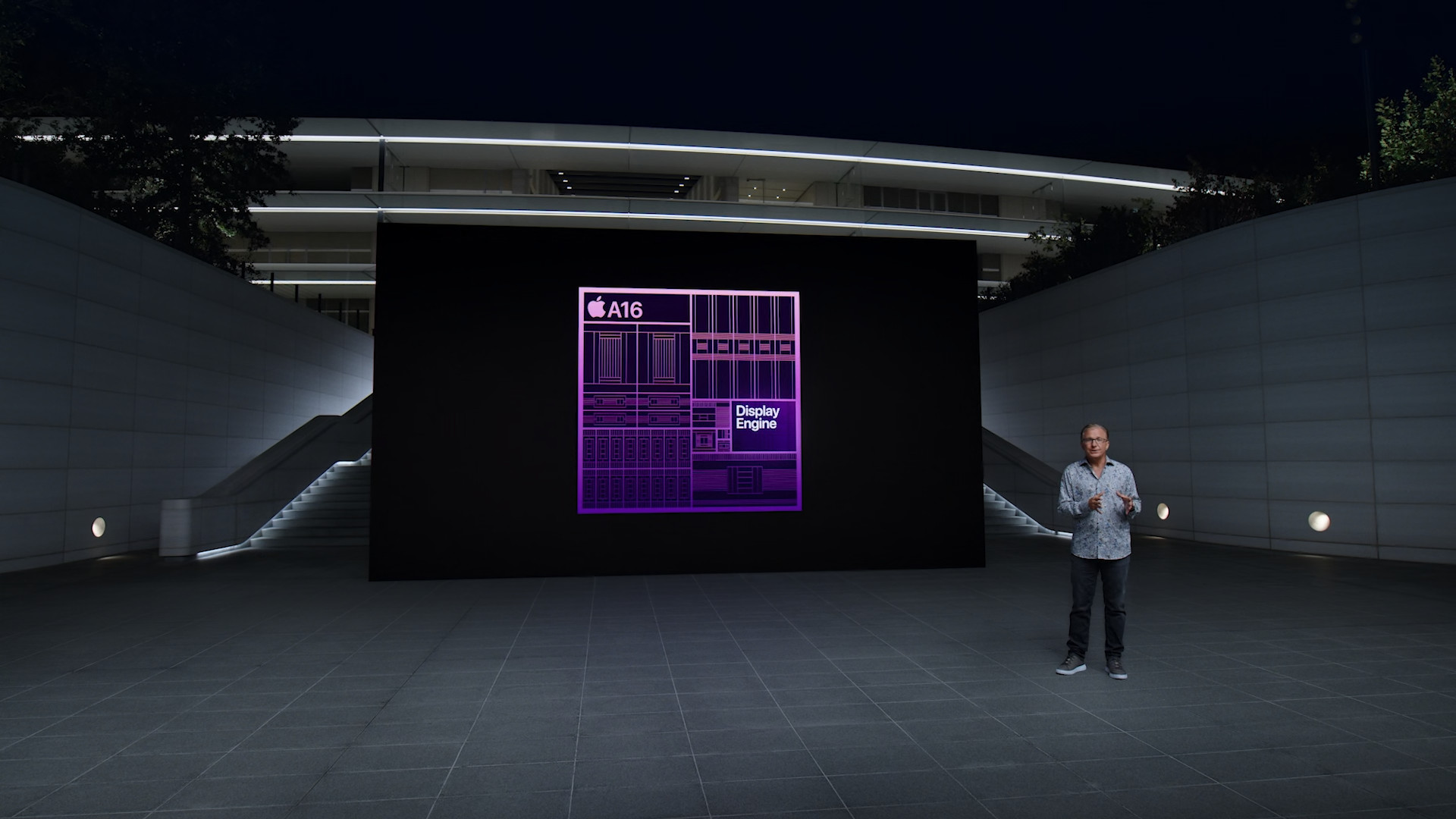
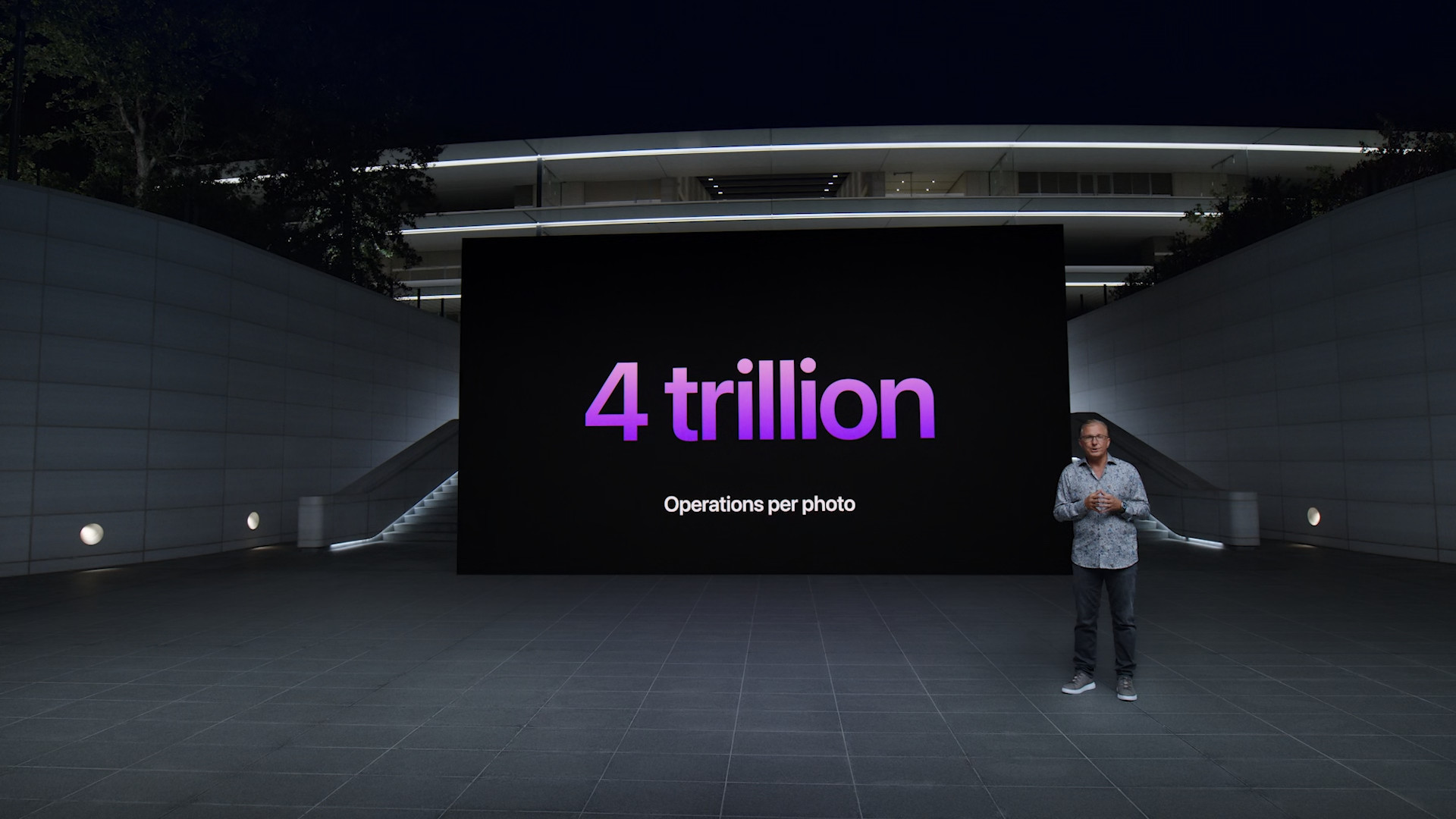
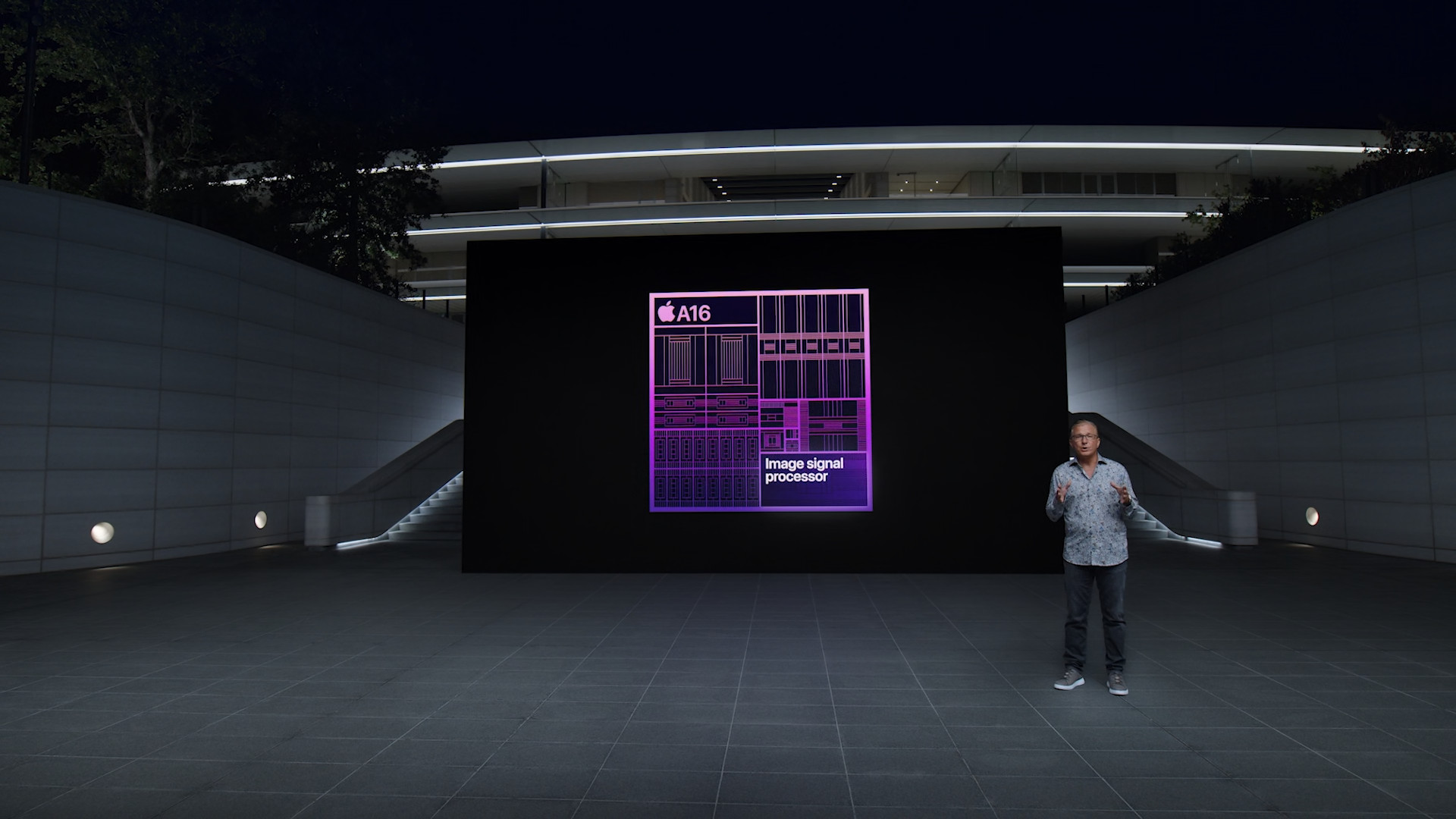
 Adam Kos
Adam Kos
It can't be compared very well, and most importantly, 90% of regular users won't use it.
Recently I saw on YT comparing iP 12,13,14 Pro and again it wasn't that big of a difference.
Even the 13 Pro turned on 0.5 seconds earlier than the 14 Pro